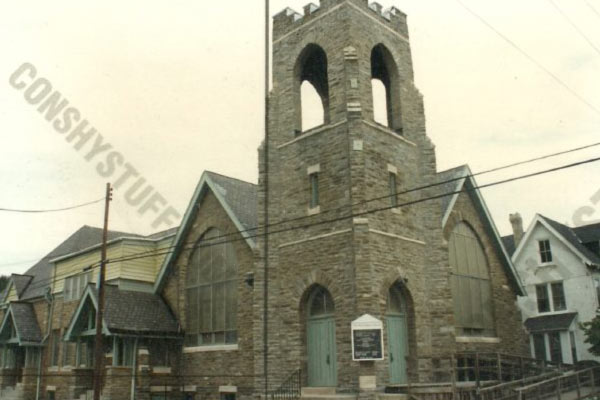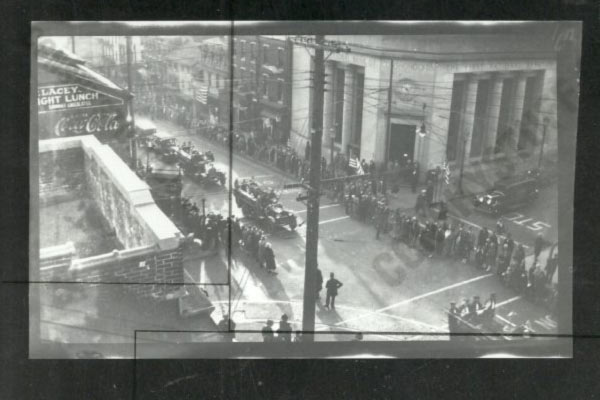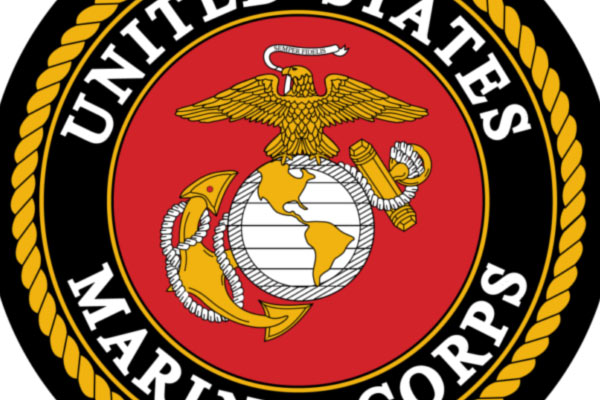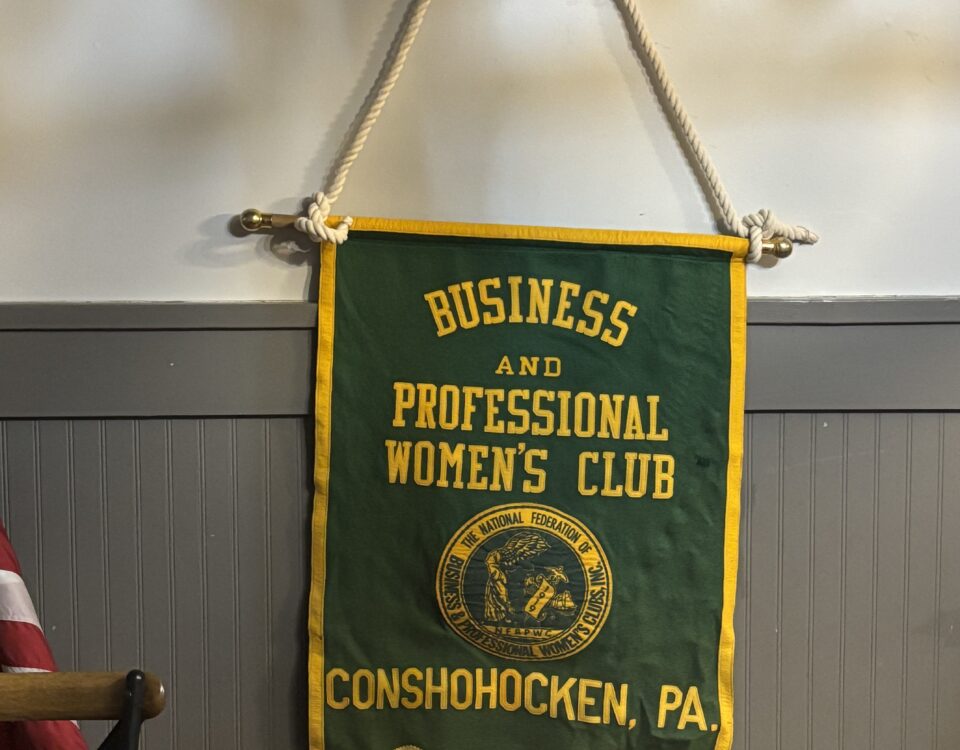
Conshohocken’s Only Hospital – The Influenza Epidemic of 1918
October 23, 2018
Conshohocken’s Biggest Parade – It Happened 100 Years Ago by Jack Coll
November 10, 2018Casualties of a World War – The Way is Was in Conshohocken a Century Ago – by Jack Coll

CASUALTIES OF A WORLD WAR
The Way It Was In Conshohocken A Century Ago
By Jack Coll
By 1918 Conshohocken was a long-time established borough having been incorporated in the spring of 1850. This small town cut out along the banks of the Schuylkill River quickly became known as the “Ironborough” due to the steel mills and other hard labor industries that included the Philip Carey Manufacturing Company, established in 1902; C&D Batteries, established in 1912; Ford & Kendig Company, established in 1879; Francis L. Freas Glass Works, established in 1905; E. J. Lavino Company, established in 1916; Lee Rubber & Tire Company, established in 1910; Lee Surgical Company, established in 1887; Merion Worsted Mill, located in West Conshohocken, established in 1891; Philadelphia Uniform Company, established in 1903; Schuylkill Iron Works, established in 1870; The Horace C. Jones Company, established in 1880, Alan Wood Steel Company, established in 1832, and the John Wood Manufacturing Company, established in 1867. We mentioned a few of the dozens of manufacturing companies that lined the river banks on both sides of the river and employed more than 12,000 residents from Conshohocken, Plymouth, West Conshohocken, Swedeland, Swedesburg, and Bridgeport.
But when World War I broke out it depleted the working ranks of our mills forcing the remaining males to work seven days a week to help fulfill company orders.
World War I engulfed Europe from 1914 to 1919, it was an extremely bloody five year war with huge losses of life with very little ground won or lost. The war was mostly fought in the trenches with one on one, (Hand-to-hand) combat. When it was over an estimated 10 million military deaths had occurred with more than 20 million wounded.
On April 2, 1917, President Woodrow Wilson, (1913-1921) went before a joint session of congress to request a declaration of war against Germany. Wilson cited a number of violations against Germany including Germany’s promise to suspend unrestricted submarine warfare in the North Atlantic and the Mediterranean, and its attempts to entice Mexico into an alliance against the United States, as his reason for declaring war.
On April 4, 1917, the United States Senate voted in support of the measure to declare war on Germany. While many countries had hoped World War I would be a war to end all wars, in reality, the concluding peace treaty set the stage for World War II.
There are hundreds of stories and foot-notes pertaining to Conshohocken and West Conshohocken residents who participated in World War I. The story of John Franklin DeHaven and George Robinson is a good place to start. John F. DeHaven grew up at 605 Ford Street in West Conshohocken, he was the son of Hugh and Anna DeHaven and the grandson of Margaret and Frank P. Matson. Frank Matson was a member of the Peter Matson family, the family for whom the Matsonford Bridge is named after.
George Robinson grew up at the corner of Third Avenue and Harry Street in a house known as part of Alan Wood Steel Row, homes built by Alan Wood Steel for their workers. George was the son of Mr. and Mrs. John Robinson.
George spent a lot of time in West Conshohocken as a child and he and John DeHaven became very good friends. DeHaven worked as a clerk in a grocery store for Patrick Leary at 37 Fayette Street and Robinson worked in a restaurant owned by Joseph Zimmer at 72 Fayette Street. (Zimmer’s store was later the location of the Riant Theatre)
On the morning of April 23, 1917, just a few days after the declaration of war by this country DeHaven and Robinson went missing from their jobs. DeHaven went to the Leary’s store manager Maurice Brady and asked if he should start out to collect orders. Brady told him to wait a few minutes but DeHaven put on his coat and hat and exited the store. At the same time Robinson just walked out of Zimmer’s Restaurant and the two headed for the train station, traveled to Philadelphia where they enlisted in the Marines.
John DeHaven was just 14 years old while George Robinson was a few months older than DeHaven but was not yet 15 years old. It was reported in the Conshohocken Recorder newspaper on May 10, 1918 that DeHaven was without a doubt the youngest boy to enter the fighting services of the United States. With that being established there is no-doubt that Robinson would have been the second youngest.
DeHaven was assigned to the Sixteenth Company, Third Battalion of the Fifth Regiment. Robinson was assigned to the Forty-Third Company, Second Battalion of the Fifth Regiment. Early in June 1917, DeHaven’s regiment left for France, being the first contingent of American fighting forces to be sent across the ocean to take part in the great world struggle for democracy. DeHaven landed in France before he reached his fifteenth birthday.
George Robinson was also not-yet fifteen years old, he was also sent across the ocean with DeHaven and the two were stationed about four miles from each other. While in France the two friends were able to see each other about once a week.
In a battle leading up to Chateau Thierry where the Americans and French would launch an offensive drive against the Germans on July 18, 1918 Robinson was wounded. As he later described the wounds to his parents from his hospital bed, he also noted that on June 11 his division was ordered to take the Belleau Wood, a German stronghold. The job was done neatly and quickly.
The next day we were ordered to clean up the woods as the Germans had left many machine gun nests there. The division started on the clean-up and was making good progress but was under shell fire the entire time.
As the troops advanced Robinson felt a blow to his chest as if he had been punched by a very strong man. Robinson fell to the ground but suffered no pain and crawled to a shell creator for cover. When he reached the shell cover shrapnel burst over a number of soldiers and Robinson received a wound to the shoulder and in the left thigh. A soldier standing on the edge of the creator was killed by the same shell.
With gas mask on Robinson was unable to look at his wounds but hospital detail reached the creator hole by early afternoon and warned Robinson not to stand-up and told to remain in place until they could transport the wounded back behind the lines, Robinson had been unaware that his foot had been blown-off. On his own Robinson crawled back behind the firing lines where he was taken to a hospital.
It was at the hospital that Robinson was told that he had received shrapnel wounds in the right shoulder and the left thigh; his right leg below the knee was shot away and had received a machine gun bullet in the left side of his chest which punctured his lung.
It was during this same battle two weeks later on June 23, that John DeHaven lost his life. At first DeHaven was reported missing in action and several weeks later it was confirmed that he had died in battle. His mother Anna was officially informed by telegram:
Washington D. C.
July 30, 1918
Anna L. DeHaven:
Deeply regret to inform you a cablegram just received from
Abroad, states that Pvt. John Franklin DeHaven, Marine
Corps, previously reported missing in action June
Twenty-third, is now reported killed in action same date.
Remains will be interred abroad until end of war.
Accept my heartfelt sympathy in your great loss. Your son
nobly gave his life in the service of his country.
George Barnett
Major General Commandant
John DeHaven was the first to lose his life in the line of duty in the Conshohocken area and the youngest marine to die in the war. He was just fifteen years old at the time of his death.
A friend of DeHaven’s who served with him in the war, Harry S. Dixon wrote a letter to the family of young DeHaven as to how and when he died. The letter read in part:
John met his death on June 23, as you know his battalion
made an attack, and John captured a German machine gun
and with the aid of two or three men turned it on the
Germans. John was killed and his companions were wounded.
He was buried in the Belleau Woods, somewhere around Meaux.
They are now lifting the bodies. That is all I know about it.
I remain
Your young friend,
Harry S. Dixon
Tributes for young John DeHaven followed for years, a memorial was held in his memory in August 1918 where more than 500 residents packed Little’s Opera House, the John F. DeHaven Post 129 was named in his honor. John’s sister Margaret unveiled the DeHaven Post monument located at Second Avenue and Fayette Street in 1928 and many other events in Conshohocken and West Conshohocken.
Although George Robinson lost his leg and suffered the rest of his life with a bullet in his chest among his other injuries he never had any regrets about serving in the Marines and never forgot his friend John DeHaven.
The borough of Conshohocken holds a very unique designation that no other community in America can claim title to. During World War I, the borough of Conshohocken sent more men and women off to service in the United States military than any other community in America per capita.
Robert Bell, Louis Bickings, Harry Dembowski, Daniel Donovan, Francis DeMario, Harry Wertz, John Wood, Samuel Gordon Smyth, Frank Hitner, George Hastings, James Koch, George Rodenbaugh, John Crawford, Harry Tyson, Samuel Beaver, Roy Metzgar, John Black, Frank Kriebel, James McFarland, William Minnis, John Getzfread, Ed McGuigan, and Mike Duda were among the hundreds of servicemen from both boroughs who served our country during World War I.
Shortly after the signing of the Armistice at Compiegne, France, that brought a close to World War I on November 11, 1918, the United States Congress recognized Conshohocken’s efforts during the war. A merchant marine ship was named the “Conshohocken” in honor of the town’s war service.
The “SS Conshohocken” was launched on January 31, 1920, from the Sun Ship Yard in Chesterf Pennsylvania and was christened by Mrs. Geoffrey Creyke, wife of the assistant to the vice president of the Emergency Fleet Corporation.
The SS Conshohocken was an eleven-thousand-ton cargo carrier and was the last of the series of ships built under the supervision of the Emergency Fleet Corporation and the twenty-third ship to be launched at the yards of the Sunbuilding Company in Chester, Pennsylvania.
John DeHaven died for our country 100 years ago at the age of 15, he was the youngest American to die in the line of duty during World War I. The Conshohocken’s have a lot to be proud of, during World War II it was reported that one in seven residents in Conshohocken served in the armed forces, in West Conshohocken one out of every six residents served.
Perhaps we’ll see you on Veterans Day at one of the monuments honoring all of our veterans!

